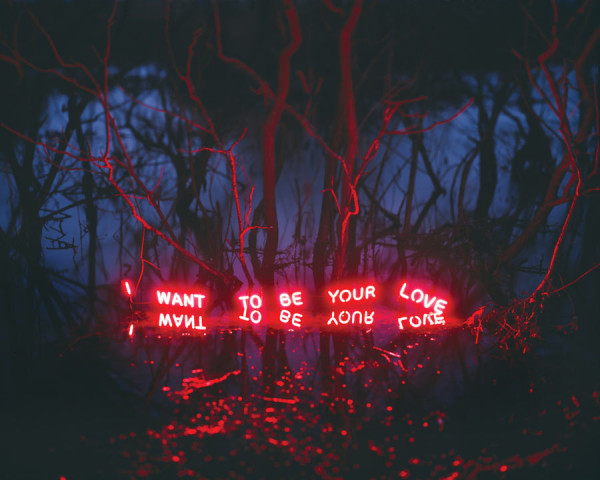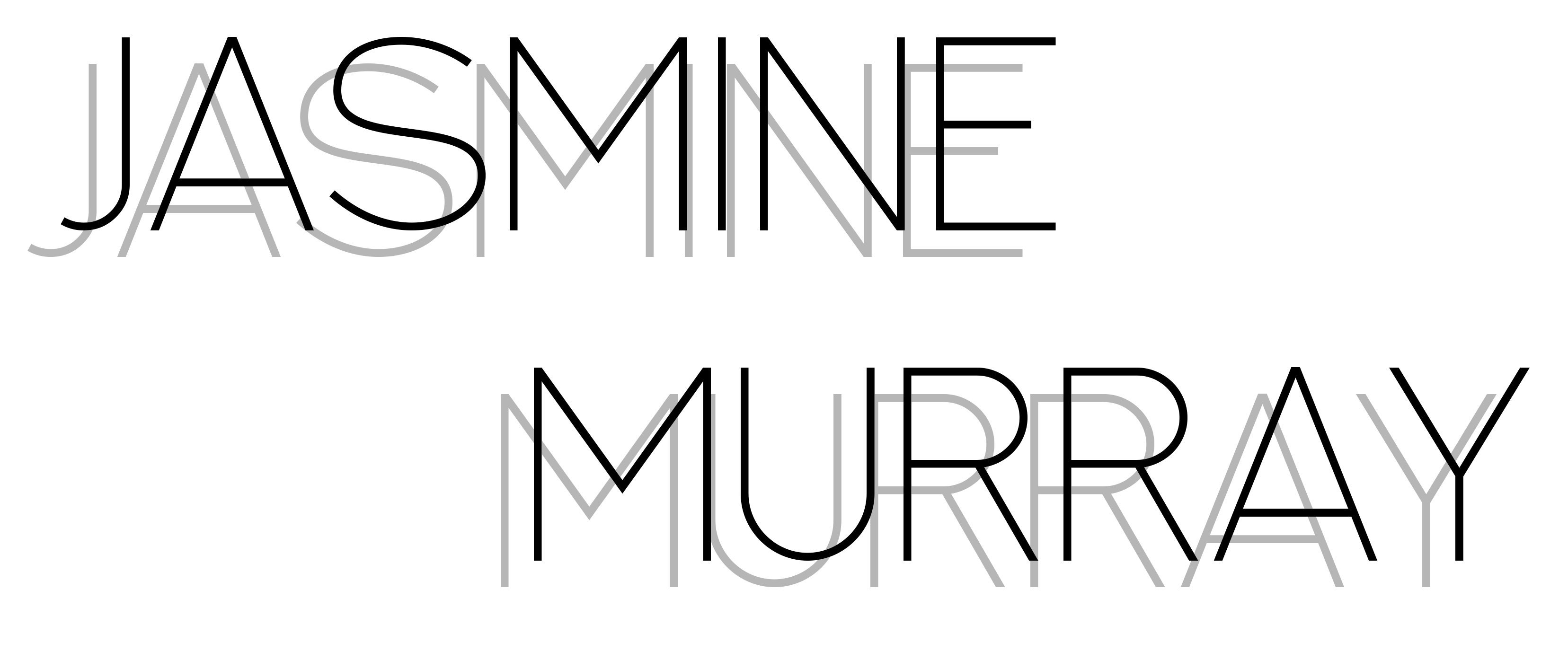Beauty as an Ethical Ideal
“The rise in visual and virtual culture extends the dominance of the ideal as there are more “peers” against whom we can judge our bodies and find them wanting. “Upwards comparisons”, where we perceive the comparator as better, lead to more unfavorable self evaluations, and predict body dissatisfaction. If some form of social comparison theory is correct, then global virtual culture offers many more possibilities for comparison. Historically social comparisons would be with relevant peers, for example, those in your own village or social group. In an age of globalization, the pool with which we are comparing is much larger, and potentially includes everyone and anyone. With the advent of social media, the perfect bodies of celebrities no longer seem so out of reach, making comparison of celeb bodies to our own flawed bodies is less of a stretch.”
Widdows, H. (2018; 60-61)
In last week’s webinar it was mentioned that it might be useful to touch on the topic of the female form, this is something I touched on greatly back when I was doing my HND some years ago, in the series Life in Plastic, however I haven’t really broached the topic since doing my Masters, recently I’ve been reading Heather Widdow’s Perfect Me: Beauty as an Ethical Ideal. Her commentary in the book aligns with memories of my former research, that the internet has had a drastic and arguably detrimental effect on how we perceive the notion of the perfect body, with a wider sample to gaze at with the rise of selfies, yet at the same time the sense of a false curated self that is tweaked has become easier and easier.
Selfies and Personality Traits

On the topic of the curated self this leads me back to neural networks. I recently stumbled upon a journal which explores how selfies can highlight the big five personality traits when put through a neural network, Figure 1 showcases the mean outcomes. This has proved intriguing in that so much of the content we consume today is artifically beautified and tweaked that arguably looking at images of others is actually inaccurate in judging them, potentially misleading the viewer into a false sense of belief on how an individual is as past studies have implied that we subconsciously judge personality from facial morphology: “Studies focusing on the objective characteristics of human faces have found some associations between facial morphology and personality features. For instance, facial symmetry predicts extraversion” (Kachur, A., Osin, E., Davydov, D. et al. 2020)
Digital Colonialism
Widdows discussions of the rise in a global beauty ideal, reminded me of an article I had read about Digital Colonialism by the Internet Health Report. The article states that: “Digital colonialism is the new deployment of a quasi-imperial power over a vast number of people, without their explicit consent, manifested in rules, designs, languages, cultures and belief systems by a vastly dominant power.” (Avila, R. 2018) In a sense this notion of a globalised beauty ideal is really a form of digital colonialism which simply furthers pre-existing historical western ideals of beauty to all audiences including those whom were not colonialised by western powers in the past, instead of being driven by a countries ruler or government, this sense of colonialism is held along with any data to a few quasi-monopolies based in Silicon Valley regardless of where you are in the world. On the topic of digital colonialism, an article I read this evening on cancel culture makes a valid point on how social media functions: “We are incentivized, by the coded logic of the social media platforms where public engagement now takes place, to find reasons to hate each other. The algorithms that encourage and reward particular behaviors on Twitter and Facebook play on our deepest human instincts and desires to create spectacles of symbolic violence and sacrifice.” (Schullenberger, G. 2020) This is something I have touched on in Transhumane, however this question of data, it’s ideals and it’s impact on the human condition is something I would like to explore further in the future.
Ai-Da
A recent tweet by Reuters reminded me of the fact I had yet to write about Ai-Da, the world’s first robot artist. Her creators intentions when creating her evoke questions not dissimilar to my own intentions with my current practice, on the Ai-Da website they write: “She is not alive, but she is a persona that we relate and respond to. This surreal situation of confusing realities is already part of our daily lives: in our digital realms, who are we speaking to on online platforms? What algorithms are working behind our internet choices? Who writes the algorithms, and who benefits and who loses? Extraordinarily complex, our online worlds are pushed and pulled by forces and personalities that are sometimes apparent but largely oblique. Ai-Da, the machine with AI capacities, highlights those tensions: is she an artist in her own right? Is she an artist’s alter ego? Is she an avatar, or a fictional character? All these options bring powerfully to the forefront the complexity of our interacting digital and physical worlds and the masked identities we can assume in both.” (Ai-Da Robot, 2019) The question of the real, and the unreal, the authentic and the inauthentic in the digital world is something I’ve been exploring in depth throughout my MA thus far, so the words written on the Ai-Da website really resonates with me as this is ultimately my same intention evoking such questions to question what the digital world is, and it’s future.
Neon Light Art

Last week it was mentioned during the webinar that I might like to look at neon-light installation artists. The first one that came to my mind was Bruce Nauman whose installations I got to see first hand at the Tate Modern a few years back in 2017. Figure 3 depicts a photograph I had taken of the installation VIOLINS VIOLENCE SILENCE, whilst Nauman’s intentions are not clear the juxtaposition between the negative, the neutral and the positive connotated words provides high contrast. Plagens describes the installation as another sliding synonym-to-antonym relationship specifically implying that: “‘Violins’ carries a pleasant connotation and alludes to the better side of human endeavours. ‘Violence’ connotates the opposite – say, war as opposed to a symphony orhestra – and ‘silence’ could signify either the best of all possible worlds (perfect peace) or the worst (annihilation).” (Plagens, P. 2014)

However I felt it would be worthwhile to do a bit of research and see if I could come across any artists who combine neon lights into their photographic practice and came upon Jung Lee a practitioner who like Nauman largely uses neons as a means to convey words to the viewer. However unlike Nauman’s, Lee’s work, is often produced to a large scale situed outdoors in the desolate landscape and then photographed. The phrases are largely appropriated from from mainstream culture such as books, TVs and songs. Her series “Aporia” (2010-2012), for example, takes motifs from Barthes’s A Lover’s Discourse, as well as using expressions of love and hatred from TV, internet forums, and popular movies.
Projections, Holograms & Holography
Upon mention of holograms in my webinar last week, I thought I ought to look into this. However, I want to begin with LED projections, which ultimately have achieved a more realistic holographic experience over holograms itself, as instead of the 3D embedded in ultimately a 2D space, volumetric display produces a 3D image in a 3D virtual space created from fast moving LEDs being emitted (as shown in Figure 5).
So what about actual holograms? Having read a couple of articles on the history of the holograph it seems that over time the very notion of the definition of what makes a hologram has become less clear to those of the general population, the Holocenter explains that: “Other methods of projecting and reflecting images are often described as holographic – or even misleadingly holograms, because they have an optical presence, spatial quality or iridescent colors.” (Holocenter, 2019-) An actual holographic image like Figure 6 and Figure 7 can be seen by looking at the illuminated print (a Denisyuk Reflection), or in other case by shining a laser through a hologram and projecting the image from the laser onto a screen. The process has proved an interesting read, however I have a feeling that holographic printing is not an easy thing to attempt personally, so if I ever intended on displaying any of my work this way I would need to contact an expert in the field for assistance, and I would imagine this would be quite costly.

Pseudo-colour reflection hologram, 30 x 40 cm
Figures
Figure 1 Kachur, A., Osin, E., Davydov, D. et al. (2020) Assessing the Big Five personality traits using real-life static facial images. Sci Rep 10, 8487 [Online] Available from: https://doi.org/10.1038/s41598-020-65358-6 [Accessed 28/07/2020]
Figure 2 Reuters (2020) World’s ‘first robot artist’ features in @the1975’s music video. [Online] Available from: https://twitter.com/Reuters/status/1283516690295336960?s=19 [Accessed 28/07/2020]
Figure 3 (Photo by Murray, J. 2017 at Tate Modern) Nauman, B. (1981-2) VIOLINS VIOLENCE SILENCE. [Online] Available from: https://www.flickr.com/photos/jam-gloom/37621073456/in/photolist-ZjrQrw [Accessed 28/07/2020]
Figure 4 Lee, J. (2012) I Want To Be Your Love, From the Series ‘Aporia’. [Online] Available from: https://www.artsy.net/artwork/jung-lee-i-want-to-be-your-love-from-the-series-aporia [Accessed 29/07/2020]
Figure 5 Smalley, D.E. Nygaard, E. Squire, K. Van Wagoner, J. et al. (2018) Pictures in the air: 3D Printing with Light. [Online] Available from: https://www.youtube.com/watch?v=YRZMdQOMPNQ [Accessed 29/07/2020]
Figure 6 Mrongovius, M. (2019) ‘The Conqueror’. [Online] Available from: http://holocenter.org/what-is-holography/what-is-a-hologram [Accesed 29/07/2020]
Figure 7 Beguiristain, I. (2001) Telephone – Theydon Bois 2286, 2001
Pseudo-colour reflection hologram, 30 x 40 cm [Online] Available from: http://holocenter.org/what-is-holography/different-types-of-holograms [Accessed 29/07/2020]
Bibliography
Ai-Da (2020) Ai-Da Robot: Who is Ai-Da. [Online] Available from: https://www.ai-darobot.com/general-interest [Accessed 29/07/2020]
Avila, R. (2018) Internet Health Report: Resisting Digital Colonialism. [Online] Available from: https://internethealthreport.org/2018/resisting-digital-colonialism/ [Accessed 28/07/2020]
Holocenter (2019-) What is holography? [Online] Available from: http://holocenter.org/what-is-holography [Accessed 28/07/2020]
Johnston, S. F. (2011) American Scientist: Whatever Became of Holography? [Online] Available from: https://www.americanscientist.org/article/whatever-became-of-holography [Accessed 28/07/2020]
Kachur, A., Osin, E., Davydov, D. et al. (2020) Assessing the Big Five personality traits using real-life static facial images. Sci Rep 10, 8487 [Online] Available from: https://doi.org/10.1038/s41598-020-65358-6 [Accessed 28/07/2020]
Raymond Millet, J.K. (1947) La Télévision, œil de demain. [Online] Available from: https://boingboing.net/2020/07/06/1947-film-about-the-future-sho.html [Accessed 28/07/2020]
Santiago Cortes, M. (2018) Artsy: 10 Artists Who Made Masterpieces with Neon. [Online] Available from: https://www.artsy.net/article/artsy-editorial-10-artists-who-work-with-neon [Accessed 29/07/2020]
Schullenberger, G. (2020) Tablet Mag: Human Sacrifice and the Digital Business Model. [Online] Available from: https://www.tabletmag.com/sections/science/articles/sacrificial-games-cancel-culture [Accessed 28/07/2020]
Smalley, D.E. Nygaard, E. Squire, K. Van Wagoner, J. et al. (2018) A photophoretic-trap volumetric display. [Online] Available from: https://www.nature.com/articles/nature25176 and https://www.youtube.com/watch?v=YRZMdQOMPNQ [Accessed 29/07/2020]
Plagens, P. (2014) Bruce Nauman: The True Artist. Phaidon Press. [in] Phaidon (2017) 5 key points for the Tate’s new Bruce Nauman show. [Online] Available from: https://uk.phaidon.com/agenda/art/articles/2017/august/01/5-key-points-for-the-tate-s-new-bruce-nauman-show/ [Accessed 29/07/2020]
Widdows, H. (2018) Perfect Me: Beauty as an Ethical Ideal. pg 60-61. Oxfordshire; Princeton University Press.

One thought on “Week 9: Research”